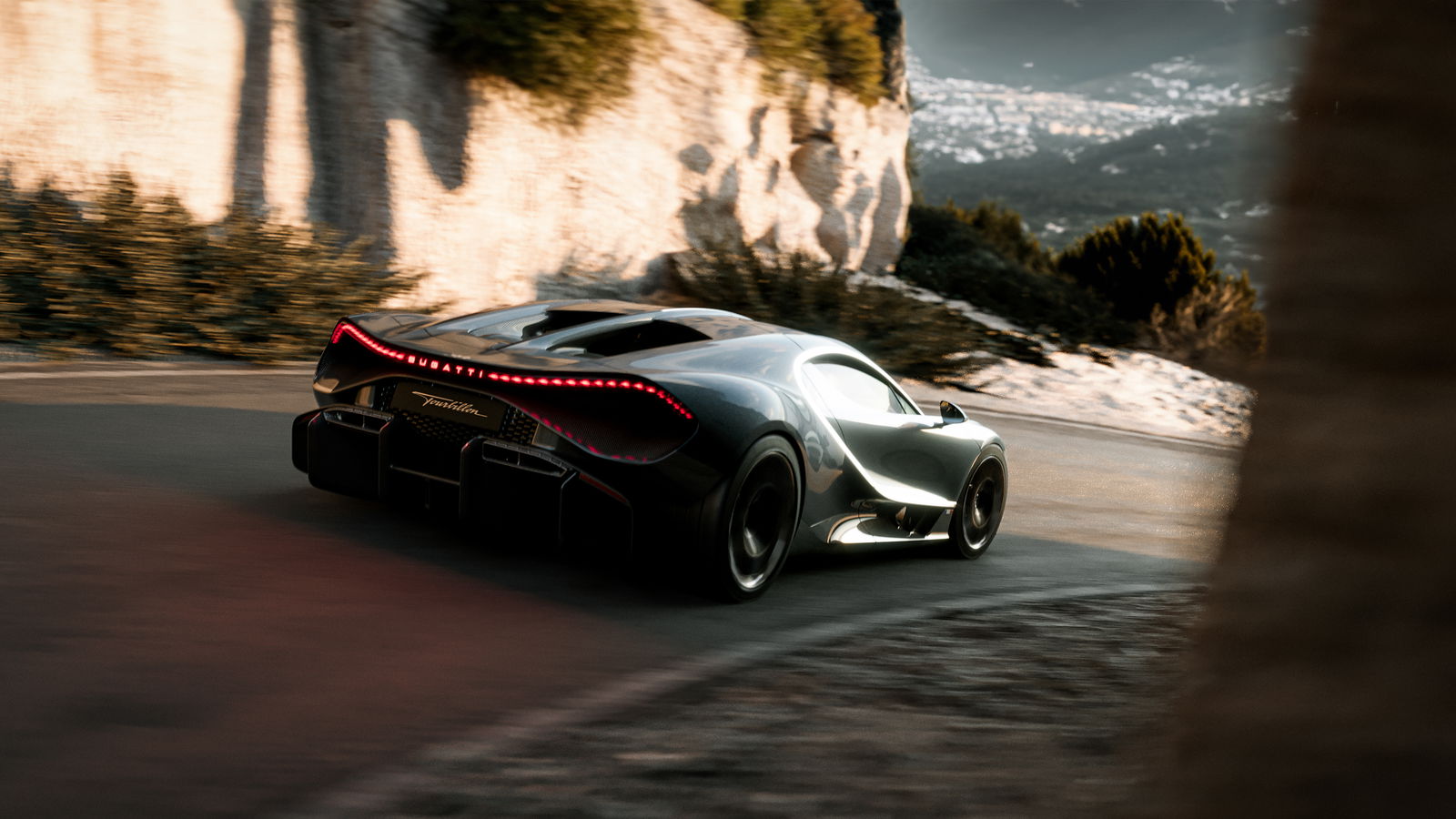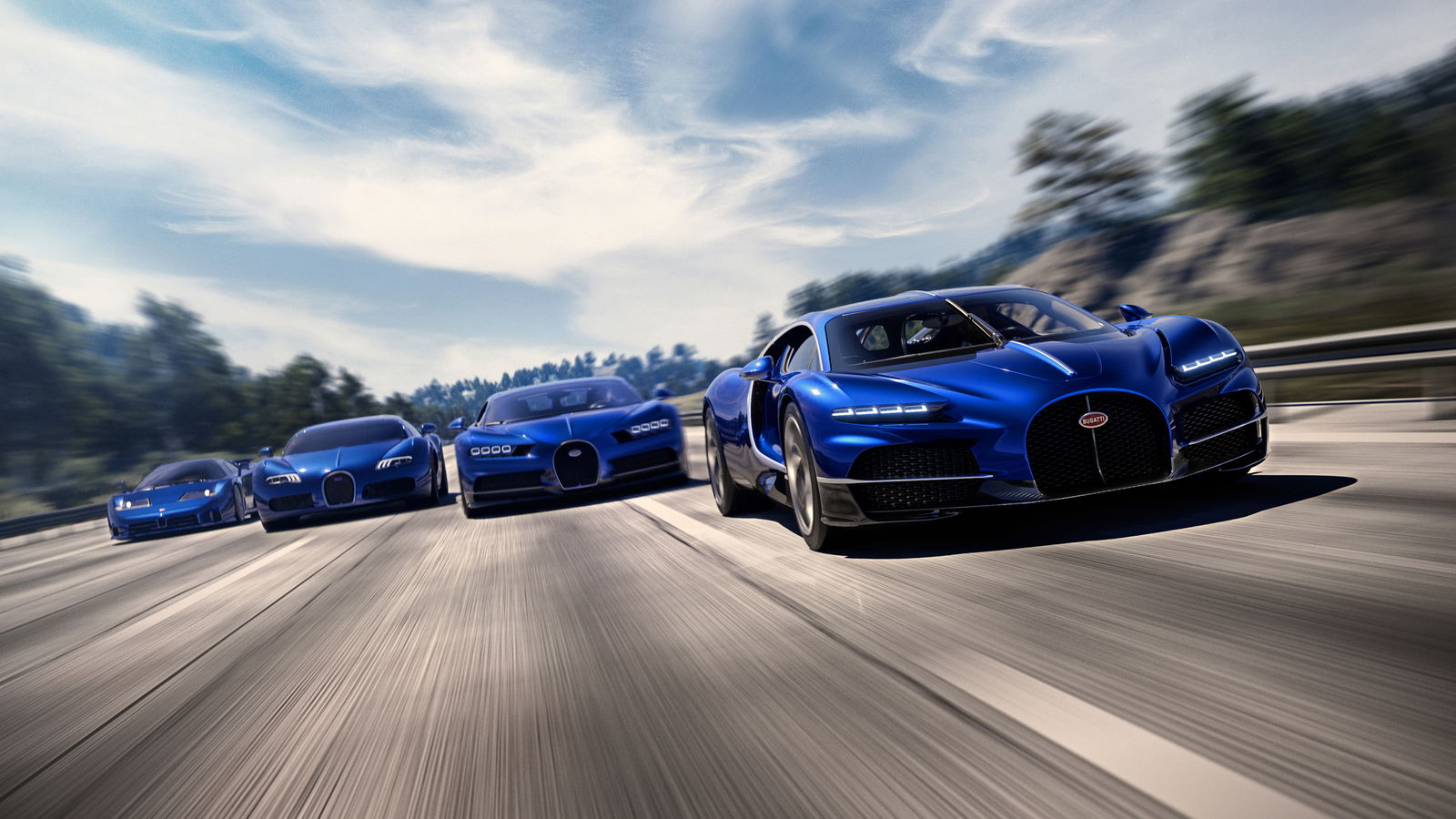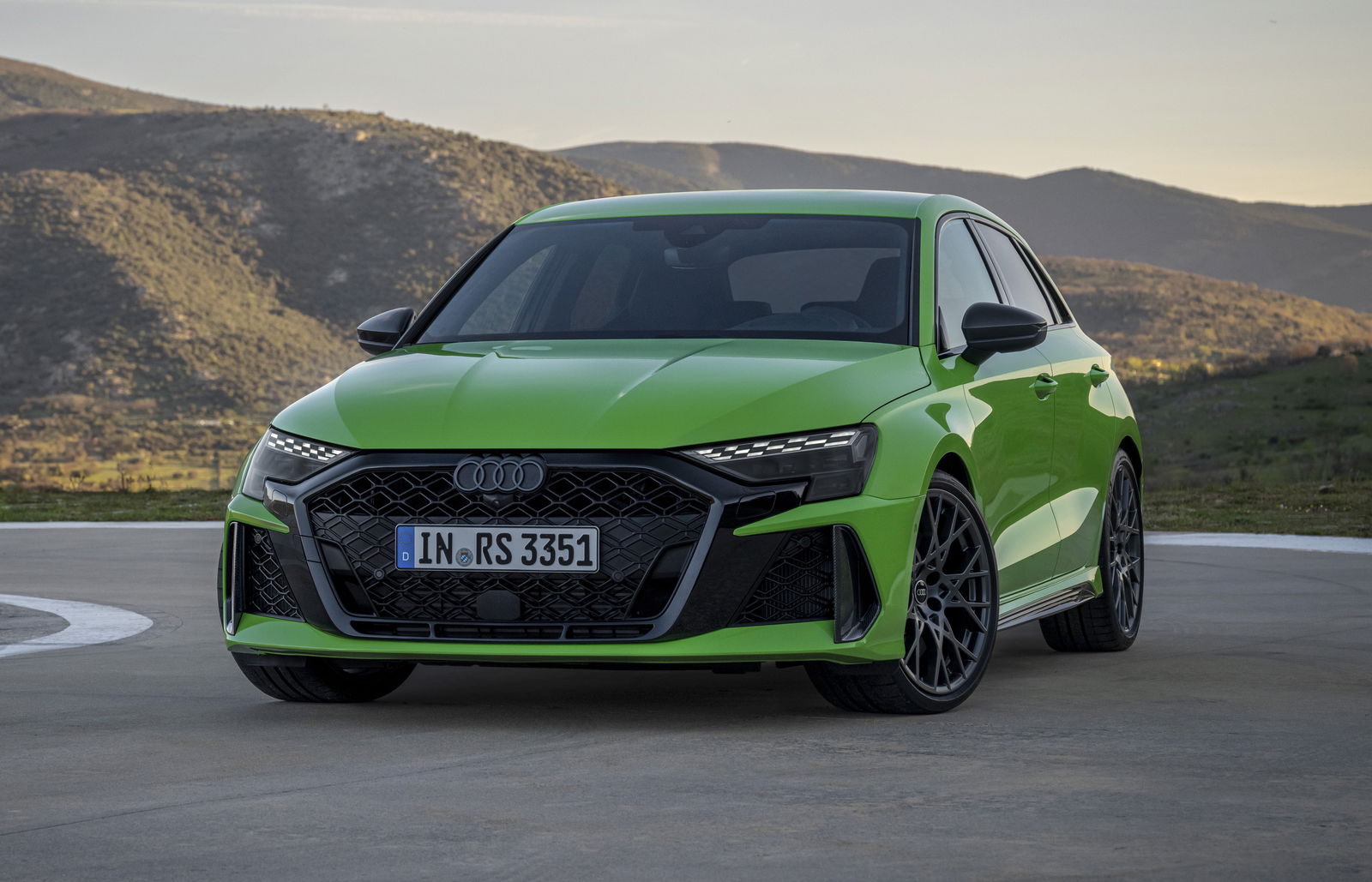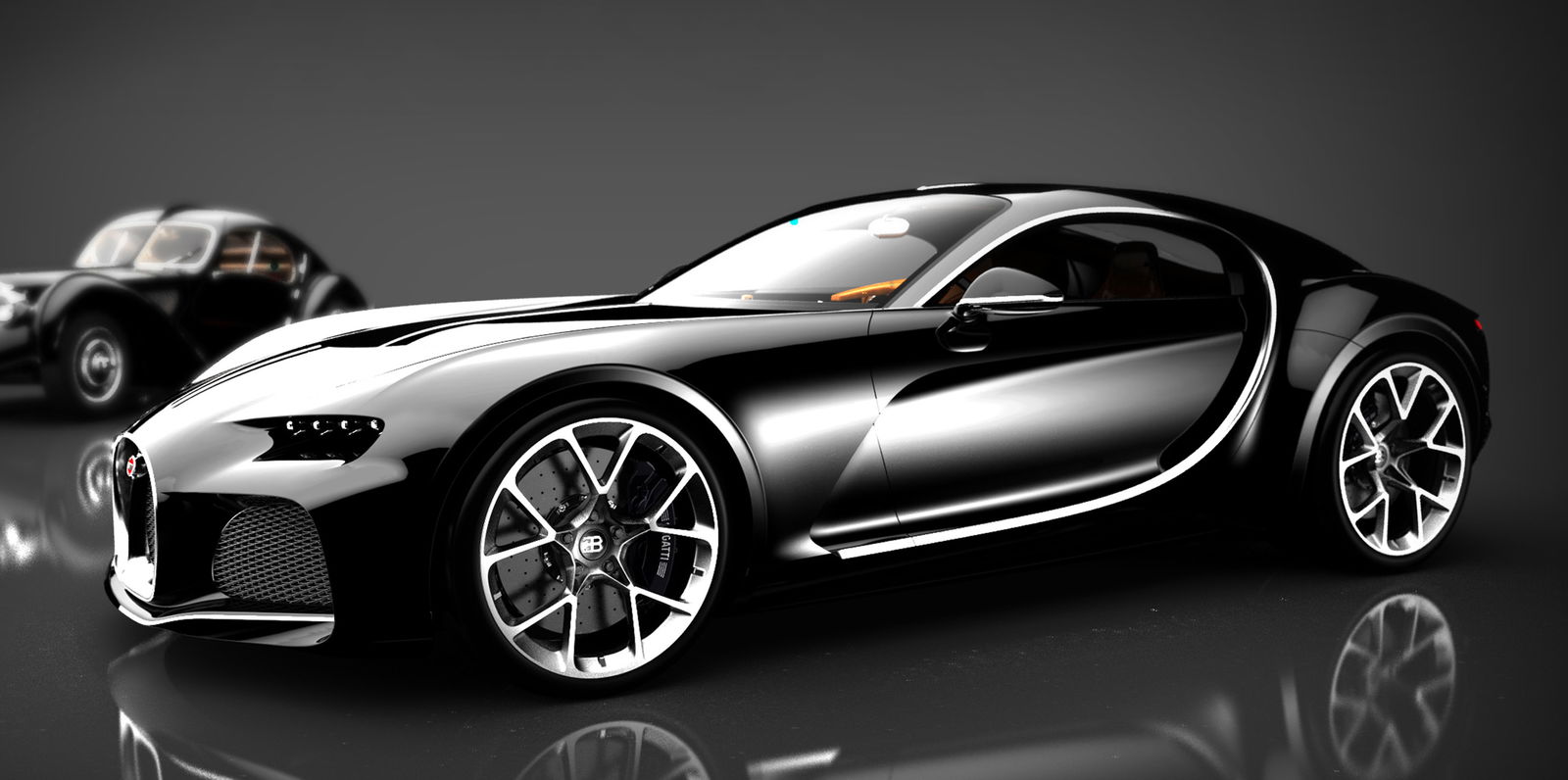VW Wanted The Bugatti Tourbillon To Be Electric

If you’d have told us a few years ago that we’d be getting a new car in the year 2024 powered by a completely new, naturally aspirated V16 engine, we’d have laughed you into next week, but here we are with just that: the Bugatti Tourbillon.
Completely defying current industry trends for downsized engines, the Tourbillon’s 8.3-litre V16 is larger in capacity than the W16 that powered the car’s predecessors. As Bugatti CEO Mate Rimac has explained, though, it wasn’t that easy to convince everyone that it was the way to go.
Rimac became CEO of Bugatti in 2021 when it was acquired from Volkswagen and became part of a joint venture with his eponymous electric hypercar manufacturer, which produces the 1900bhp Nevera (there is still a VW connection, as the Bugatti-Rimac collaboration is 45 per cent owned by Porsche).
As Rimac has explained in the first part of a documentary series charting the Tourbillon’s development, it was around then that Bugatti was looking at how to replace the Chiron as its core model.
“At that time, many people were strongly suggesting that the next car should be all-electric,” explains Rimac. “And that would have been the easiest thing because we had the Rimac Nevera which already had astonishing performance… the obvious and easiest thing was to just take the Nevera and make a Bugatti out of it.”

Rimac, however, was determined for the Bugatti brand to retain its own, distinct identity, and this meant one thing: sticking with internal combustion. To that end, he built a small model displaying what would become the Tourbillon’s powertrain setup: a 16-cylinder, naturally aspirated engine paired with three electric motors, which were designed to make up for the loss of the W16’s four turbos.
He brought this model along to an early meeting with then Volkswagen CEO, Herbert Diess. “This little [model] car is instrumental to that, because this is how I explained the concept of the next Bugatti, and he loved it.”

Not everyone in the company was on the same page, though. “There were also many naysayers saying ‘the next car has to be electric’, or ‘you don’t have the experience to develop a hybrid car, it’s way too complicated.’”
Rimac clearly disagreed – even he’s admitted that future Rimac-badged cars could end up with combustion engines, as it becomes increasingly apparent they’re something ultra-wealthy customers still want. His determination in this instance, though, has led us to one of the most remarkably engineered cars in living memory.



Comments